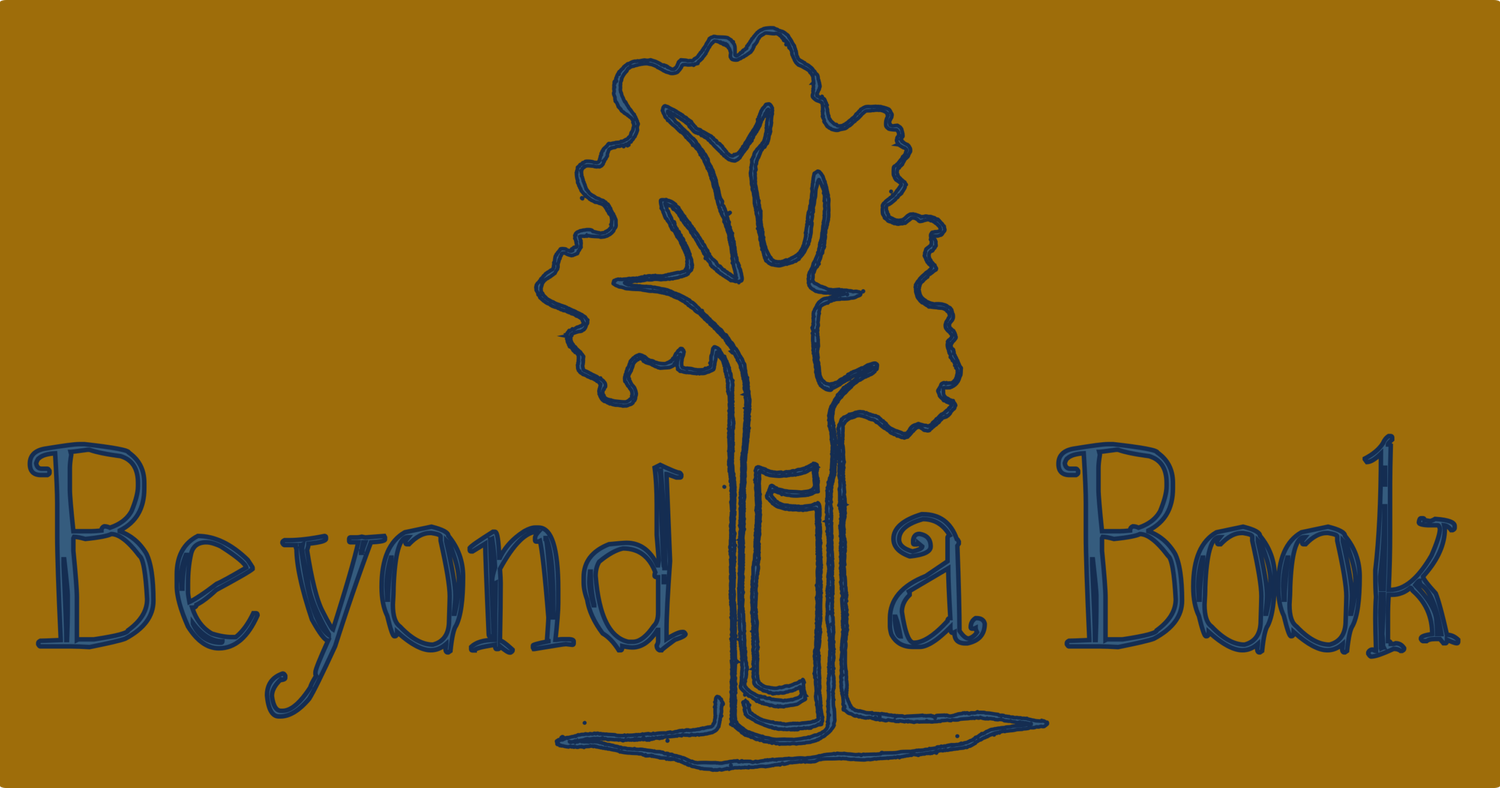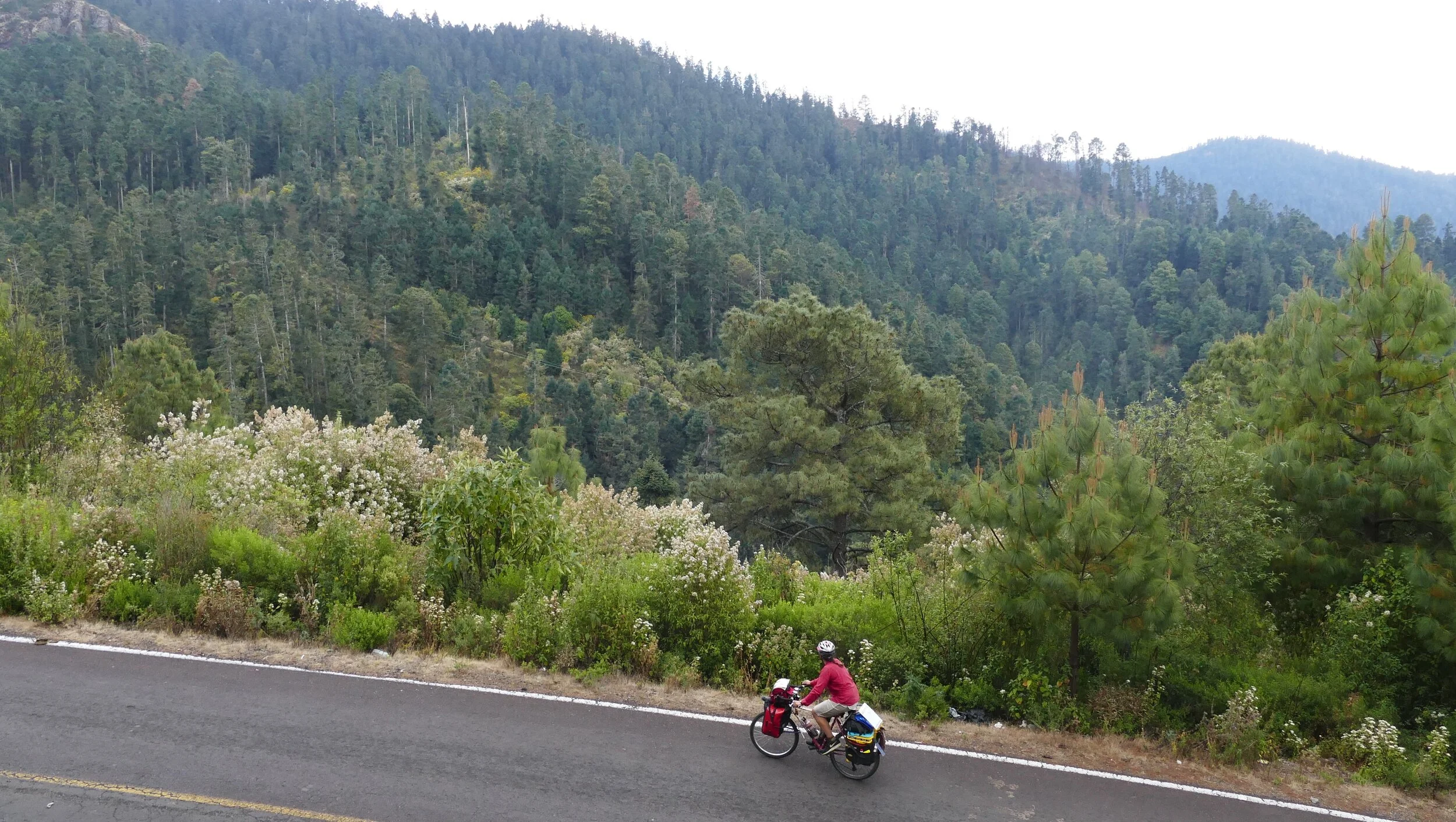It took me 10 months to bike 10,201 miles, from Mexico to Canada and back, with the monarch butterflies. It has taken two years (and counting) to write about those miles. The writing, like the riding, has become an adventure in itself.
Whether writing or riding, one thing is clear: the monarchs are my teachers. On my bike tour they taught me about the science of their migration, how to plant native plants, how to be a voice for creatures too often overlooked. Now, as the monarchs motivate me to continue to write and edit and learn, it seems they are still my teachers.
The first photo I took after officially beginning my Butterbike tour. So many lessons were in store for me.
Exploring has always been my favorite way to learn. On my first tour, to 49 United States, my goal was to learn about my country. It worked. That tour taught me about organizing, web design, sponsorship, school presentations, hospitality, grit, friendship, and my country. It, and the adventures that followed, inspired me start Beyond A Book, a platform for my education-linked adventures. The name worked on two levels.
We returned to California, 49 states later, as new people.
First of all, Beyond a Book projects are education-linked adventures. They link to schools with classroom visits to introduce kids to real life adventure, science, and conservation. The goal is to offer students a way to learn beyond books. Secondly, Beyond a Book is a call to action. To learn we must jump in. We can read a hundred books on gardening, but planting a garden is the best way to really learn. We must jump from the pages of books into the world they try to explain. We must jump beyond books.
Beyond a Book is an umbrella project for my education-linked adventures. The name works on several levels.
I say this, of course, as I write a book.
Now I must make something clear: Beyond a book is not the same as No books. First we read, and then we dive into the world to make meaning of the words. Then we go back to the books, to find explanation. Then we dive back into the world. To train our eyes, we must focus them on both the pages of known knowledge and on the concrete. We must read about the cardenolide toxins monarch caterpillars sequester. Then we must huddle in a wild plot of land and watch a caterpillar munching on a milkweed. To really learn, the wind and the sun must beat down on us, and the distant horizons must be swallow up by our pinpoint concentration.
To learn we must get lost in the details.
A few months after I finished my trip, I opened up my laptop and began to write. I was still too close to my trip to understand its themes. I didn’t know how exactly the butterflies had changed me, so I gave myself permission to write down everything. I wrote about every visit, every musing, every box turtle and caterpillar I could recall. A year later I had the 375 page draft of my first book.
I knew the next step was to edit. Returning to page one I was shocked at how bad my writing had been. Shocked too that I had improved. My 375th page was distinctly better than the first page. The monarchs, it seemed, were not done being teachers. They were now teaching me how to write.
The second draft finished with 230 pages. My third draft, 225. Each draft, motivated by the monarchs, was a lesson on how to write.
I’ve written a large part of my book in my tent, on the ground, without electricity.
I took a three month break from working on my book to lead a bike tour across the country. I needed a break to refresh my eyes. During this time I talked with four interested publishers and negotiated a contract. I learned more than I ever wanted to learn about subsidiary rights and royalties (including that most authors never see a royalty check). The monarchs were teaching me (with the help of books and blogs) legalese.
Two years after starting page one, I am nearly through my fourth round of edits. This round focused on incorporating edits from friends, pushing my writing abilities, and adding more science. I thought, while writing my first draft that I understood the migration. It turns out that the monarchs had many more lessons to teach me. After diving into the scientific literature, I discovered the depth of the scientific community. I emailed researchers and professors to understand magnetic fields, sun polarization, and the Mexican Revolution. Each topic took me down a rabbit hole. Sometimes, getting two sentences right took all day.
I hope that when this is all said and done, my book will offer science, adventure, and just enough emotion that readers will abandon it half way through to crawl along a ditch, plant some milkweed, tag a monarch, read a scientific journal, and present at a local school. Then I hope they will return to the pages, to continue with my words ringing as theirs. The joy of learning from monarchs, now, a shared experience.
I hope my book will help people jump from the pages into their gardens (to plant milkweed).
The lessons continue. The monarchs continue to teach. I started this book because I knew that the only way to learn to write a book was to write a book. I started this book because the monarchs taught me their story, and now I owed it to them to tell it.
What will the monarchs teach us next?







